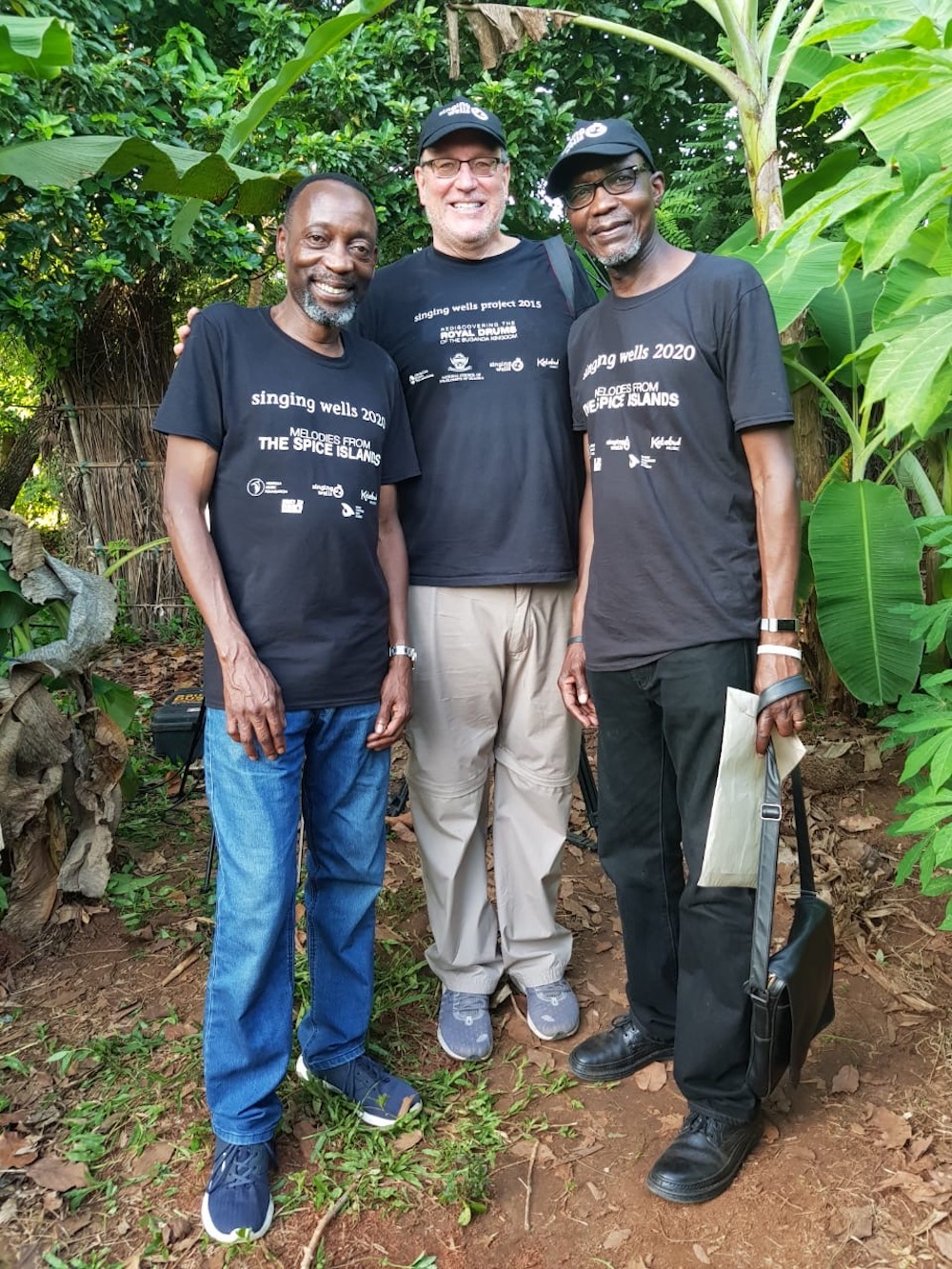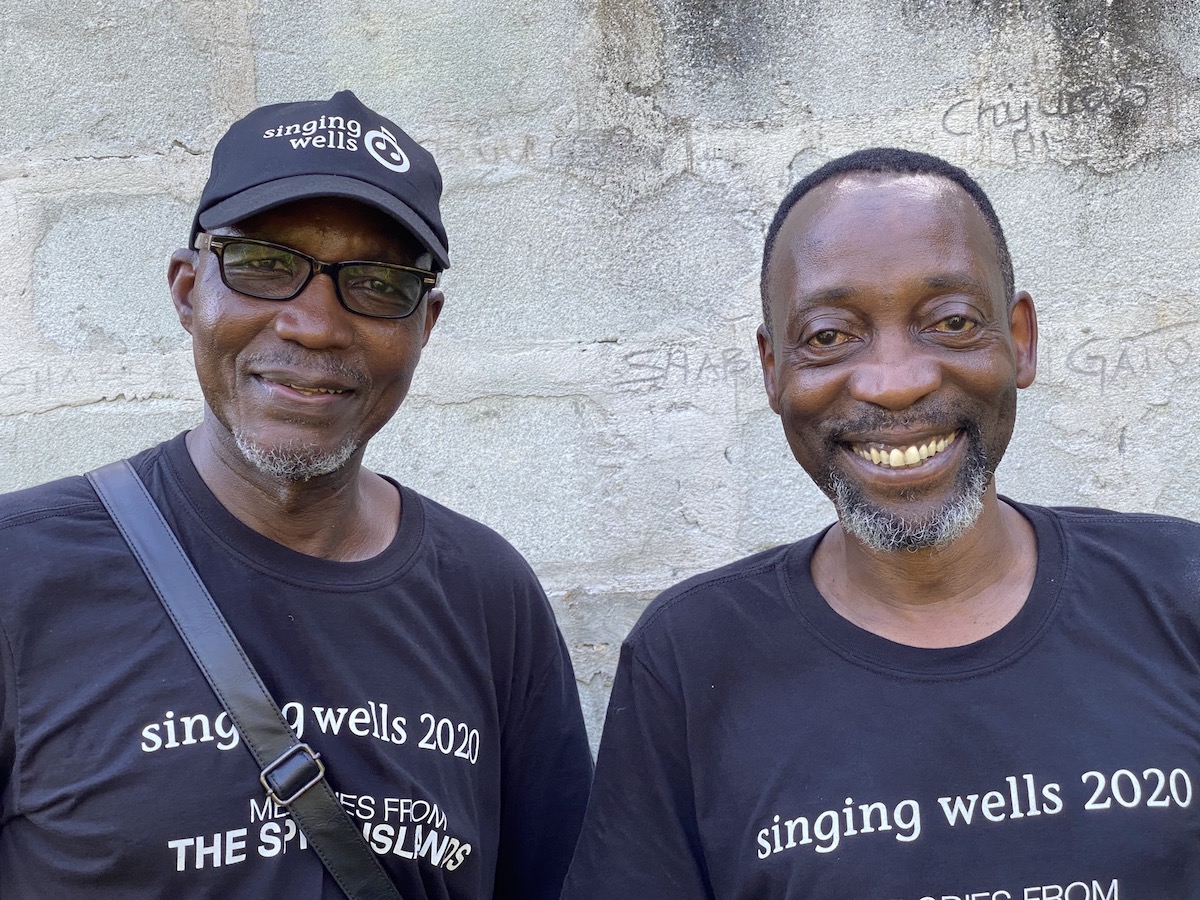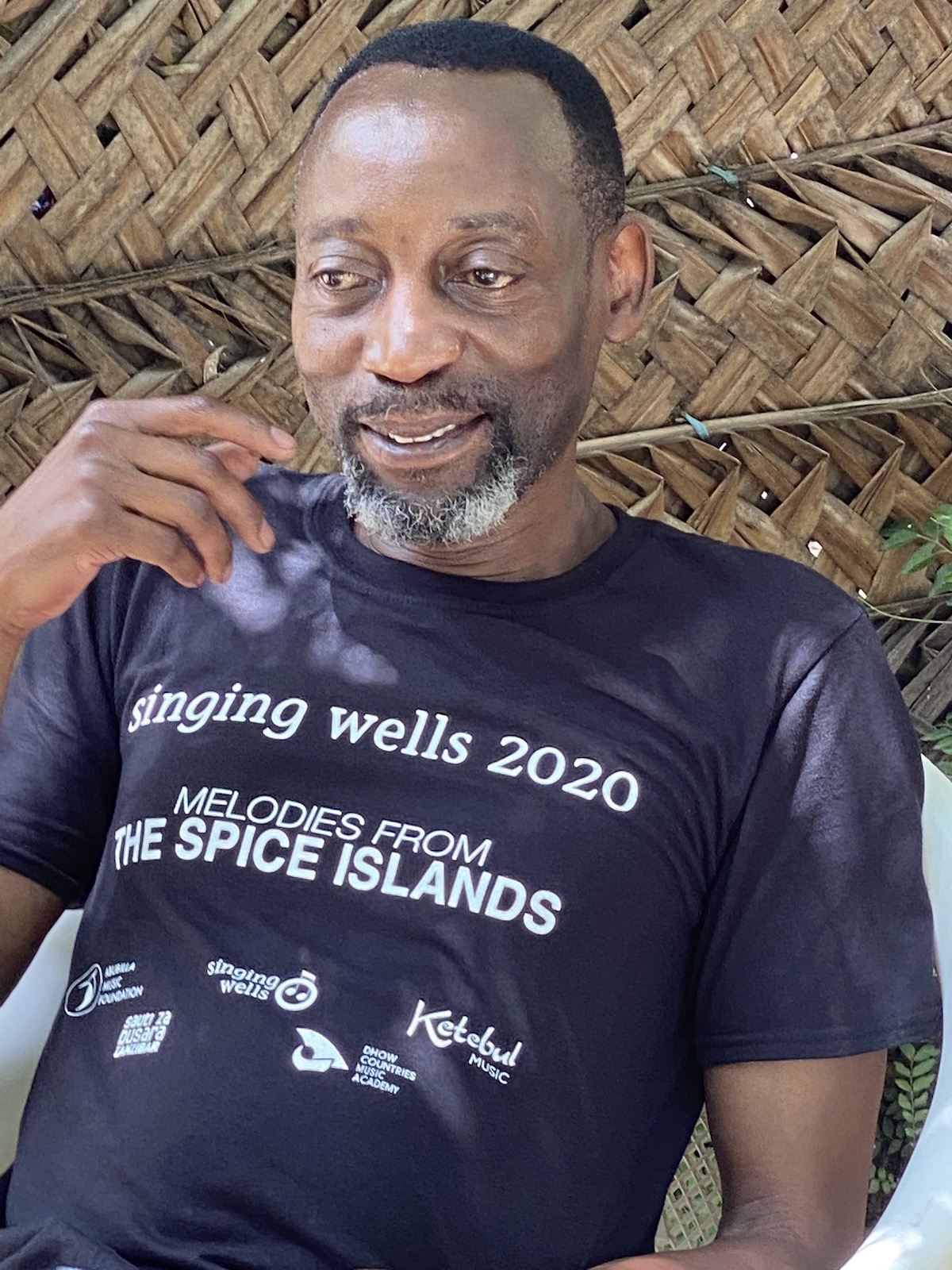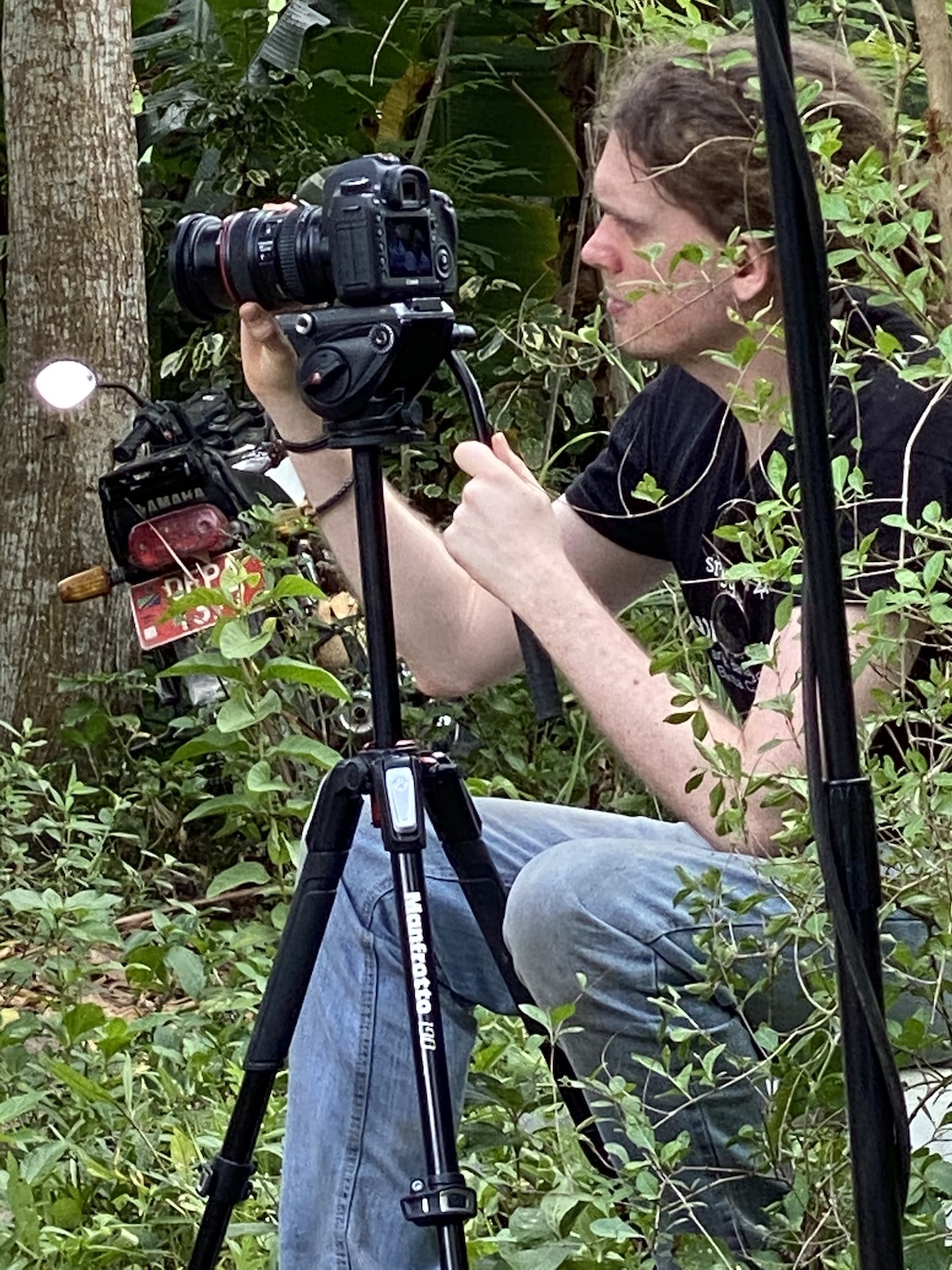This Field Visit to Zanzibar is all about celebrating Siti Binti Saad, the Mother of Taarab. We assembled in Nairobi on Friday the 14th of February and flew to Zanzibar on Kenya Airways on the first flight on Saturday, making our way to the Ngawala Hotel. Temperature 33 degrees centigrade. Partially cloudy. Saturday was about set up, so we’ll use this ‘Day Zero’ post to fill you in on the purpose of the trip.
First, Zanzibar is an island off Tanzania, with a long colorful history. Before it was ‘controlled’ by the Portuguese in 1503, it was a base for traders between the African great lakes, the Arabian Peninsula and India. In 1698 it came under the control of the Sultan of Oman. Areas were developed to grow spices and this area, which includes Pemba, became known as the Spice Islands. The main trading was in spices, ivory and slaves to the Arab countries. In 1890 Zanzibar became a British Protectorate and slavery was outlawed. This happened in fits and starts. The death of one sultan and succession of another, the British did not approve of, led to the Anglo-Zanzibar War, the shortest war ever fought. It was over in 7 minutes because of the strength of the British navy. The islands gained independence from England in 1963. A month later the Zanzibar Revolution occurred. Several thousand Arabs and Indians were killed. Thousands more were expelled leading to the Republic of Zanzibar and Pemba. Soon the islands joined the Mainland Tanganyika and were subsumed to form Tanzania. Today, the population of the islands is over 98% Muslim.
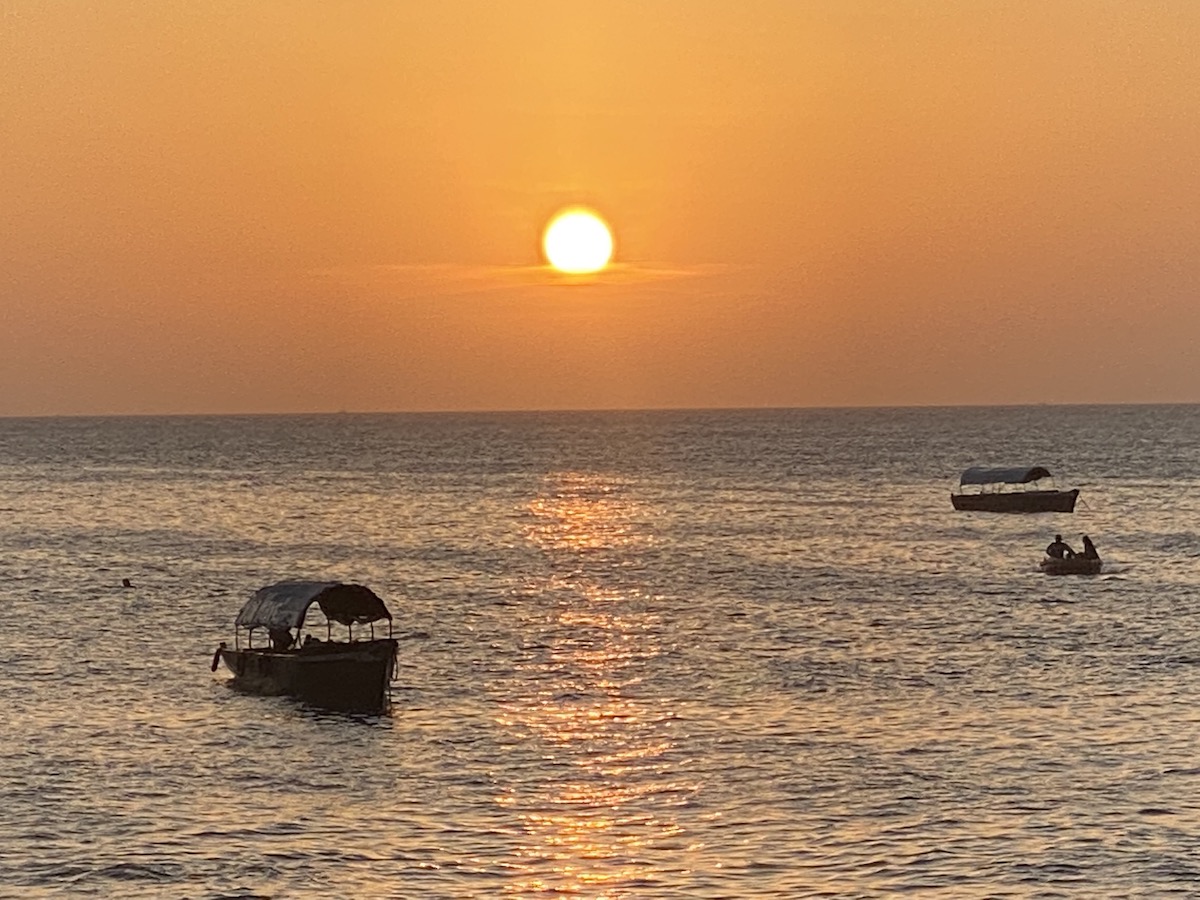
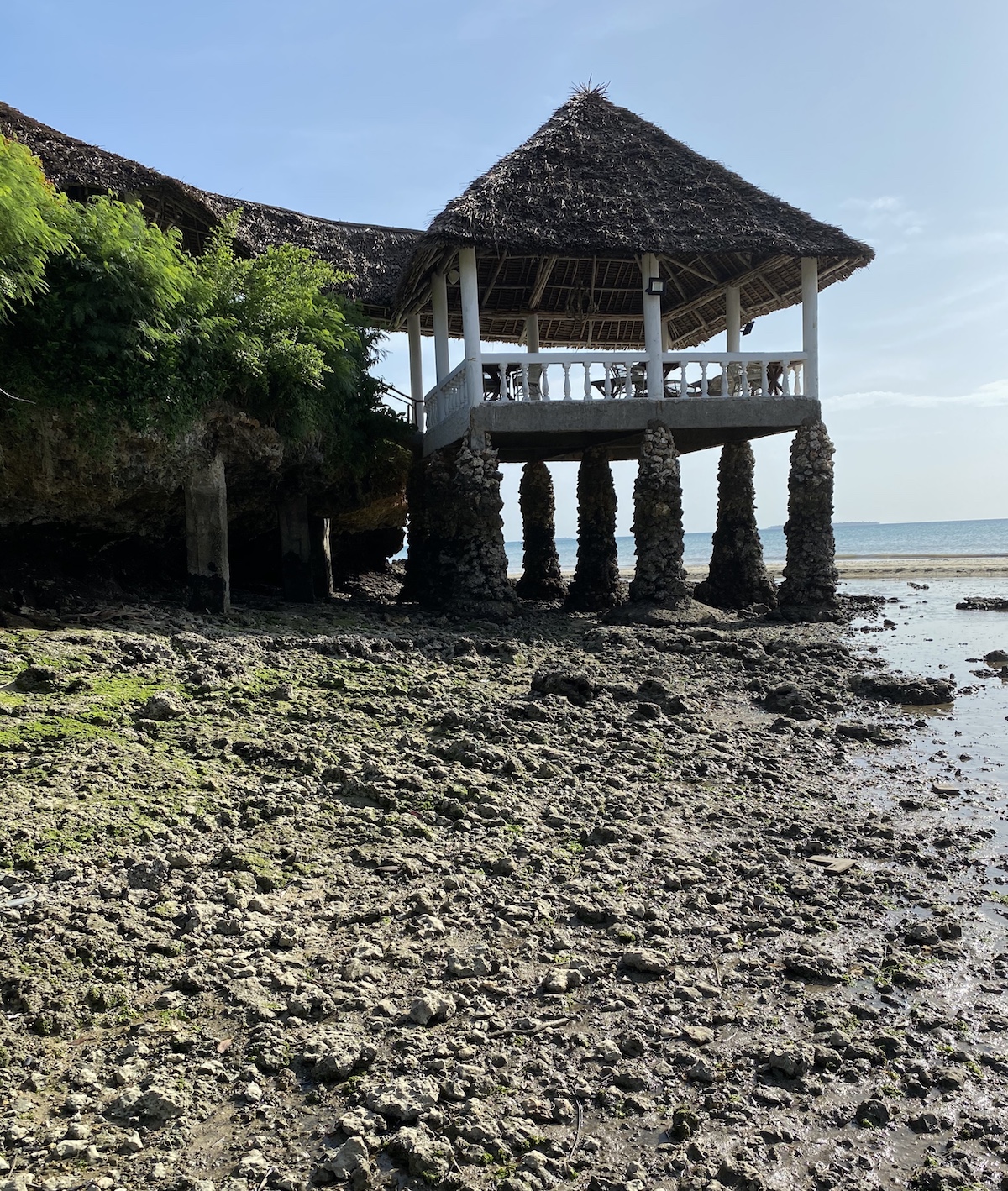

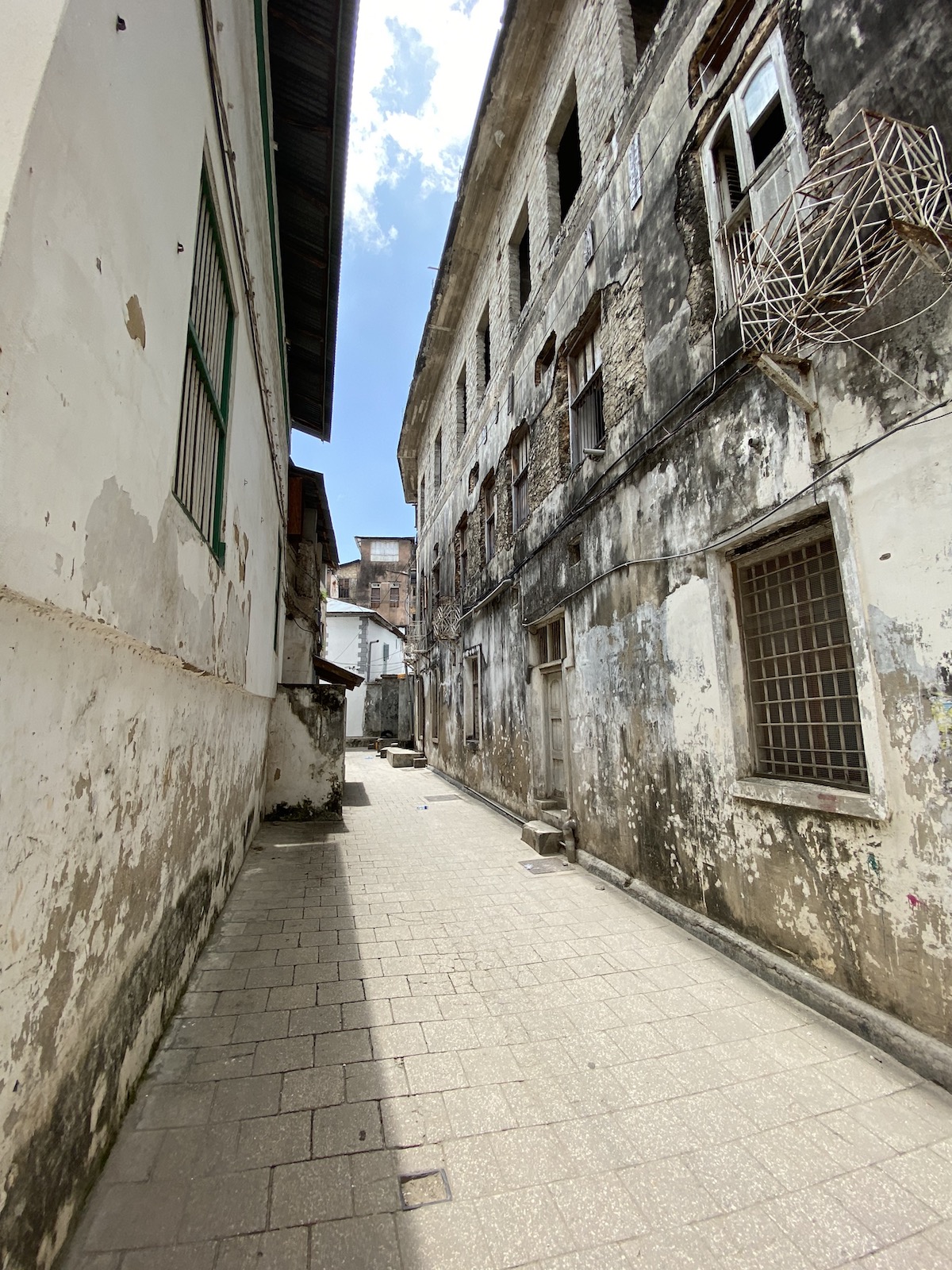

Second, one of our main partners for our trip was the Dhow Countries Music Academy. The “Dhow” is a traditional sailing vessel. We saw many on the waters around Zanzibar. The “Dhow Countries” are all the countries that have blown to Zanzibar and left their musical instruments, styles and influences. The Dhow Countries Music Academy trains musicians on this musical heritage. Their logo is the Dhow and we will refer to them as the DCMA.

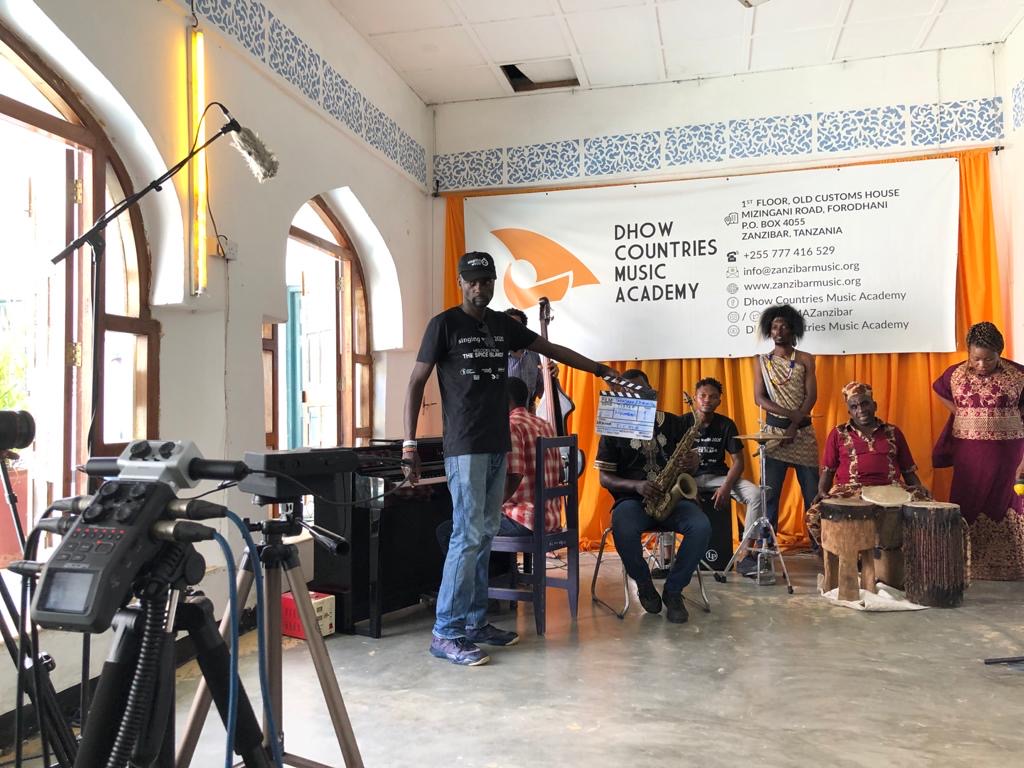
Third, musically, what you hear in Zanzibar is a wonderful fusion of Arabic music and African beats, with a bit of Cuban and Indian spices. The Dhow Countries. The most important and famous of the musical styles originating from Zanzibar is Taarab, which roughly translates in Arabic as ‘having joy with music.’ Taarab’s origins are in the late 1800s. Mohamed Ibrahim, studied music in Egypt, where he learned to play the Qanun and returned to Zanzibar to form the Zanzibar Taarab orchestra. Of course, there are a variety of musical styles in Zanzibar, including (every use of quotes in this post are direct quotes from the DCMA):
- Ngoma: “Ngoma literally translated means drum and is a term to encompass all local traditional forms of dancing, drumming and singing. There are literally hundreds of different ngoma styles throughout Tanzania”
- Kidumbak: “Kidumbak is a music style closely related to taarab. It is less refined and more upbeat! Musically it falls between Taarab and Ngoma..[and is] typically played..with two small clay drums, a violin played in a frantic fiddler style, a sanduku (or the bass) and the cherewa, a kind of shaker made from coconut shells…” We will meet this style on our second day, group one: Mohamed Othman Kidumbak Group
- Unyago: This is music by women by women and was used during rites of passage as the women prepared the bridge. Originally, these were ‘secret songs’ and filled with metaphors that would explain about sex and love and all the wonderful and difficult parts of marriage. As this music moved from the secret rites to more public performance, you find the audience laughing at all the double meanings. To be more specific, the women are laughing and the men are scratching their heads. As we tried to identify the meanings of the lyrics of these songs, the women often laughed with each other as they tried to hint at the hidden meanings of these songs. We met this style on our first day in our third group, named, of course: Unyago.
Fourth, the discussion of Zanzibar’s musical styles leads us to Sidi Binti Saad. And we’ll simply quote what is told about her at the DCMA: “Singer Siti Binti Saad is a trailblazer who revolutionized taarab music in a way the is still felt today…Whereas her predecessors were all male and sang predominately in Arabic, she was the first woman to perform in Swahili…She was born in 1880 in the Fumba village in Zanzibar…She left her home village and met Al Muhsin of Nadilkhwani Safa, a taarab group indebted to the Sultan at that time. Muhsin…decided to teach her…at the time it was considered immoral for women to join taarab groups and sing in public… She helped …transform taarab to the point where woman are now usually the lead singers. …Between 1928 and 1950 she recorded over 150 recovers…It is through her recordings …that Taarab became widely accessible. Later, further Egyptian influence was incorporated into the genre by including full string sections as well as accordion and qanun, keyboard and flute.” But, throughout our journey, we hear artists talk about Siti Binti Saad, noting that she was a rebel, noting that her lyrics were part of the Unyago style (see below) about real life, about real women, about love and sex… She always sang about these things through metaphors and the poetry of Swahili. But we had so many artists laughing with us as they told us the meanings of her songs. And with a wink and a smile, they’d all say, ‘Well this one is about a finger, or a chest, or a flower, etc… but you understand what she really meant.’ In Singing Wells, we have celebrated too few woman, who we can say defined a genre, and were at least 50 years ahead of her time. We’ve found a wonderful example with Sidi Binti Saad and will celebrate her throughout our trip. She died in 1950 and many great singers have followed, most notably Bi Kidude, who we discuss more below when we meet Amina Abdalla who sang with Bi Kidude and sang with us.
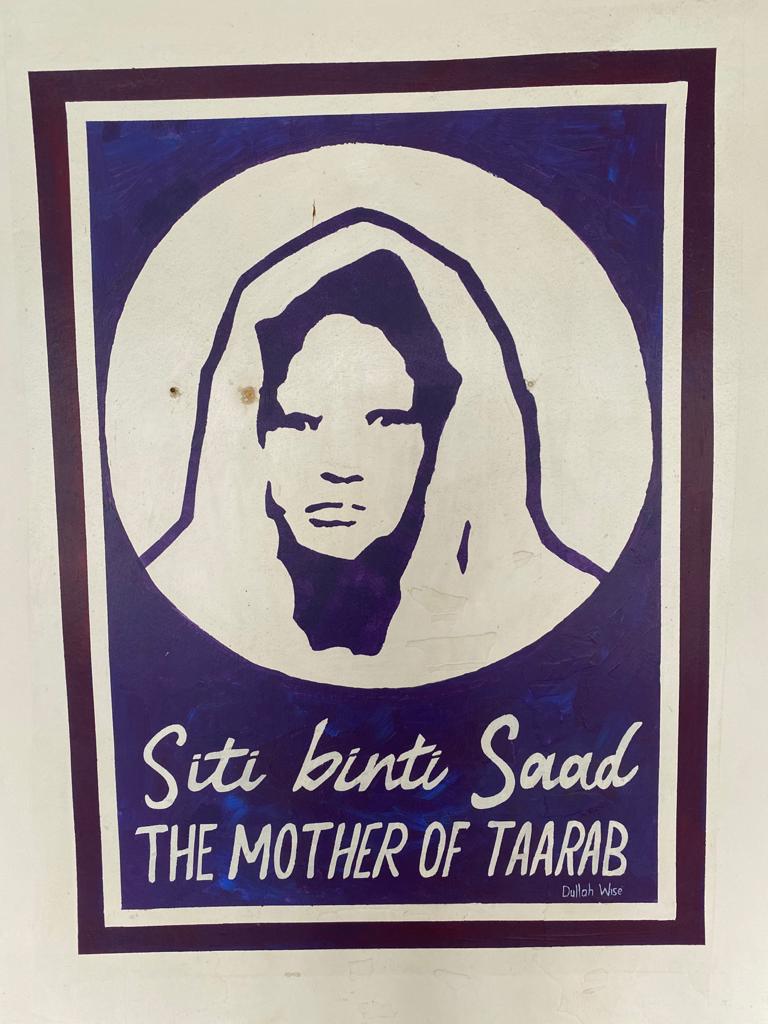
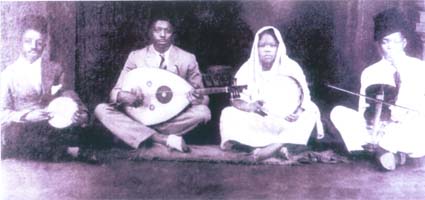
Following Sidi Binti Saad’s footsteps through Zanzibar, the taarab we will hear involves African drums, a Qanun (a stringed instrument played on the lap), an Oud (derived from an Egyptian lute), a violin, a flute and a Arabic style (but Swahili) lead female vocal. We also heard the Sanduku, essentially a bass guitar, but actually a single string connect between a pole and a big wooden box which gives the instruments its bass and resonance.





A final note before we begin, about the team. We have been helped immeasurably by the Dhow Countries Musical Academy – they helped us find the groups, hosted many of our recording sessions and provided many musicians. They are keeping Taarab and other music traditions alive (including kidimbak and Ngoma) and deserve our support and yours. For this trip, we had almost the full Ketebul team: The Chairman, Maddo, the CEO, Tabu, and the audio/video team: Stevo, Pado and Drix. From the Abubilla Music Foundation, we were joined by Jimmy, Kathy and Hunter.
